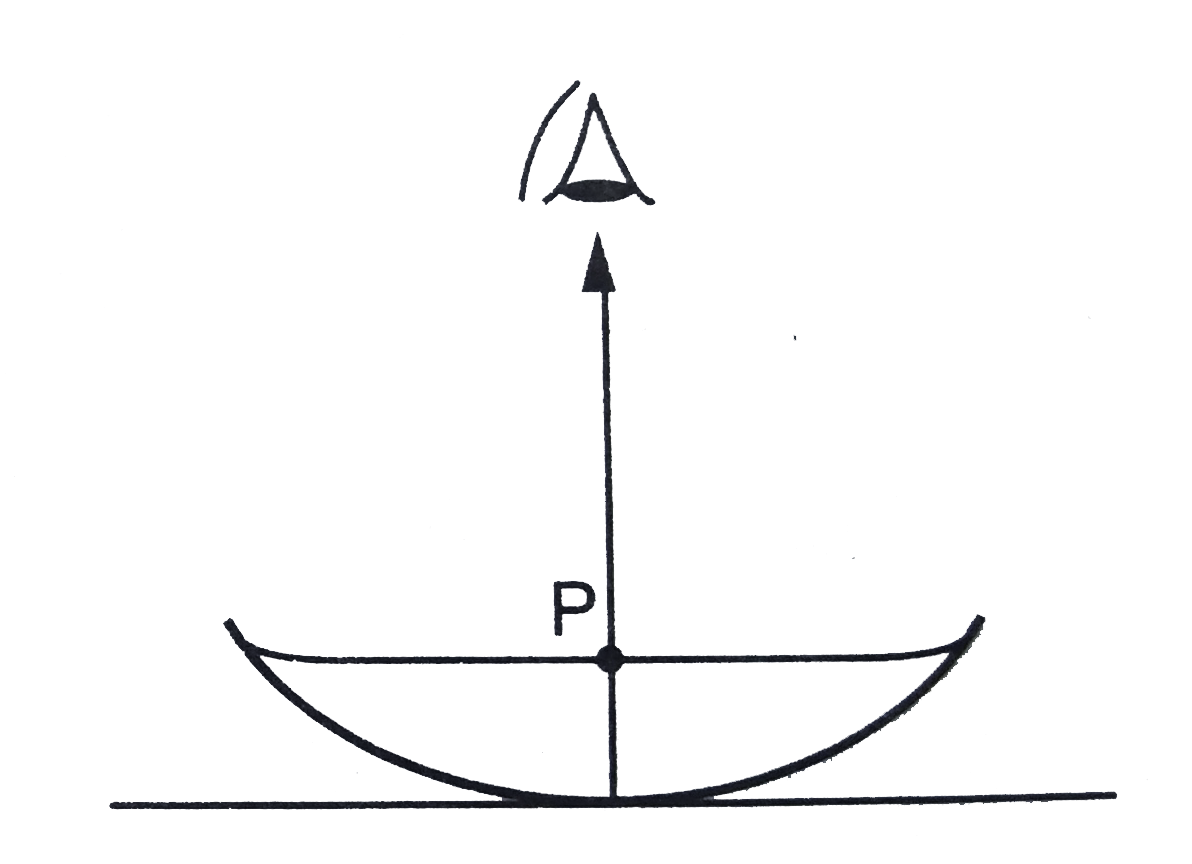How is the respiratory passage kept free of dust particles ?
Step-by-Step Solution:
1. Understanding the Inhaled Air Composition: The air we breathe in contains various particles, including dust and microorganisms (pathogens).
2. Role of Mucus: The respiratory tract is lined with mucus, which is a moist substance that plays a crucial role in trapping dust particles and pathogens. The moisture in the mucus helps to capture these unwanted particles effectively.
3. Ciliated Epithelium: The respiratory tract is also lined with ciliated epithelial cells. These cells have tiny hair-like structures called cilia.
4. Movement of Cilia: When air containing dust and pathogens enters the respiratory tract, the mucus traps these particles. The cilia then undergo a whiplash movement, which is a coordinated motion that helps to move the mucus.
5. Clearing the Respiratory Passage: The movement of the cilia pushes the mucus, along with the trapped dust and pathogens, out of the respiratory tract. This process helps keep the airways clear and protects the lungs from potential harm.
6. Conclusion: Thus, the combination of mucus and ciliated epithelium works together to keep the respiratory passages free of dust particles and pathogens, ensuring cleaner air reaches the lungs.
---
Topper's Solved these Questions
- THE RESPIRATORY SYSTEMBOOK - ICSECHAPTER - THE RESPIRATORY SYSTEMEXERCISE - REVIEW QUESTIONS (D. LONG ANSWER TYPE)
18 Videos
- THE RESPIRATORY SYSTEMBOOK - ICSECHAPTER - THE RESPIRATORY SYSTEMEXERCISE - REVIEW QUESTIONS (E. STRUCTURED/APPLICATION/SKILL TYPE)
6 Videos
- THE RESPIRATORY SYSTEMBOOK - ICSECHAPTER - THE RESPIRATORY SYSTEMEXERCISE - REVIEW QUESTIONS (B. VERY SHORT ANSWER TYPE)
15 Videos
- THE FLOWERBOOK - ICSECHAPTER - THE FLOWEREXERCISE - REVIEW QUESTIONS (E. STRUCTURED/APPLICATION QUESTIONS )
6 Videos
- TISSUES - PLANT AND ANIMAL TISSUES BOOK - ICSECHAPTER - TISSUES - PLANT AND ANIMAL TISSUES EXERCISE - TOPIC 2 (5 Marks Questions )
40 Videos
Similar Questions
Knowledge Check
Study the given figure of respiratory passage carefully and identify the parts labelled as A, B, C, D and E.
 AABCDEAlveolar sacSecondary brounchusAlveoliBronchiolesTracheaBABCDEAlveoliSecondary brounchusAlveolar sacTracheaBronchiolesCABCDEAlveolar sacTertiary brounchusAlveoliTracheaBronchiolesDABCDEAlveoliTertiary brounchusAlveolar sacBronchiolesTrachea
AABCDEAlveolar sacSecondary brounchusAlveoliBronchiolesTracheaBABCDEAlveoliSecondary brounchusAlveolar sacTracheaBronchiolesCABCDEAlveolar sacTertiary brounchusAlveoliTracheaBronchiolesDABCDEAlveoliTertiary brounchusAlveolar sacBronchiolesTrachea
Dust particles released by comets are continuously acted upon by sun's radiation pressure in radial outward direction. Assuming a dust particle with ρ=3.5×103kg/m3 and reflection coefficient 0. for what value of radius r does gravitational force on dust.
particle just balance the radiation force on it from sunlight ? (power radiated by sun =4×1026W , mass of sun =2×1030kg)
View SolutionAssertion:− Trachea is lined by ciliated epithelium.
Reason :− The co-ordinated movements of cilia in the trachea help in removing dust particles and some of the foreign substances inhaled alongwith atmospheric air.
View SolutionWhich of the following groups of viruses are known to infect the nose and respiratory passage in humans?
View SolutionThe process by which ligher earthly particles are made free from heavier particles by washing with water is called
View SolutionA concave mirror of radius 40 cm lies on a horizontal table and water is filled in it upto a height of 5.00 cm. A small dust particle floats on the water surface at a point P vertically above the point of contact of the mirror with the table. Locate the image of the dust particle as seen from a point directly above it. the refractive index of water is 1.33.

View SolutionA concave mirror of radius 40 cm lies on a horizontla tale and wateis filled in it up t a heightof 5.00 cm. A small dust particle floats on the water surface at a point P vertically above tge pointof contact of the miror with the table. Locate the image of the dust particle as seen from a point directly above it. tEh refractie index of water is 1.33.

View SolutionThree particles, each of mass 200 g are kept at the corners of an equilateral triangle of side 10 cm. Find the moment of inertia of the system about an axis
a. joining two of the particles
b. passing through one of the particle perpendicular to the plane of the particles.
View Solution
